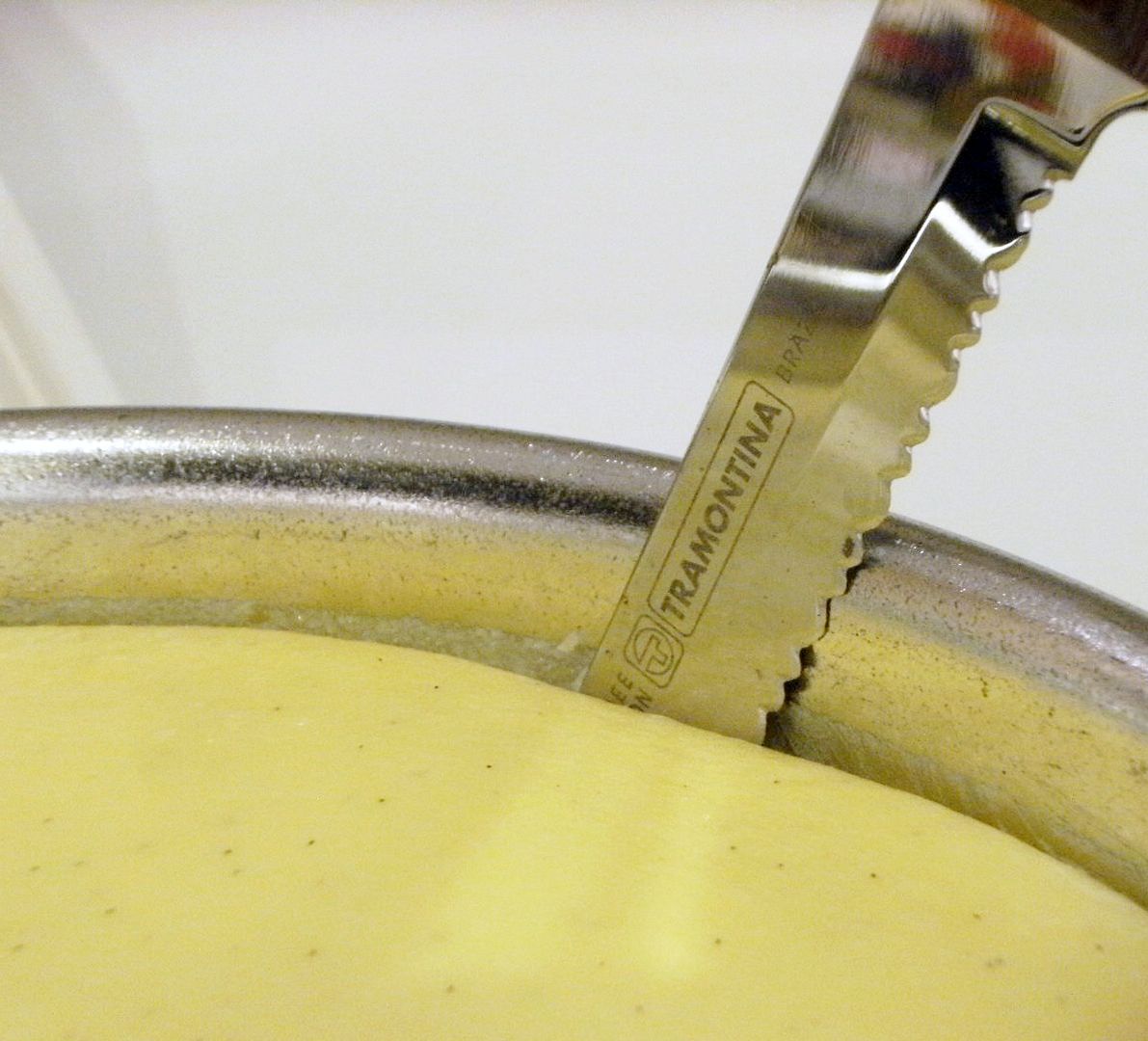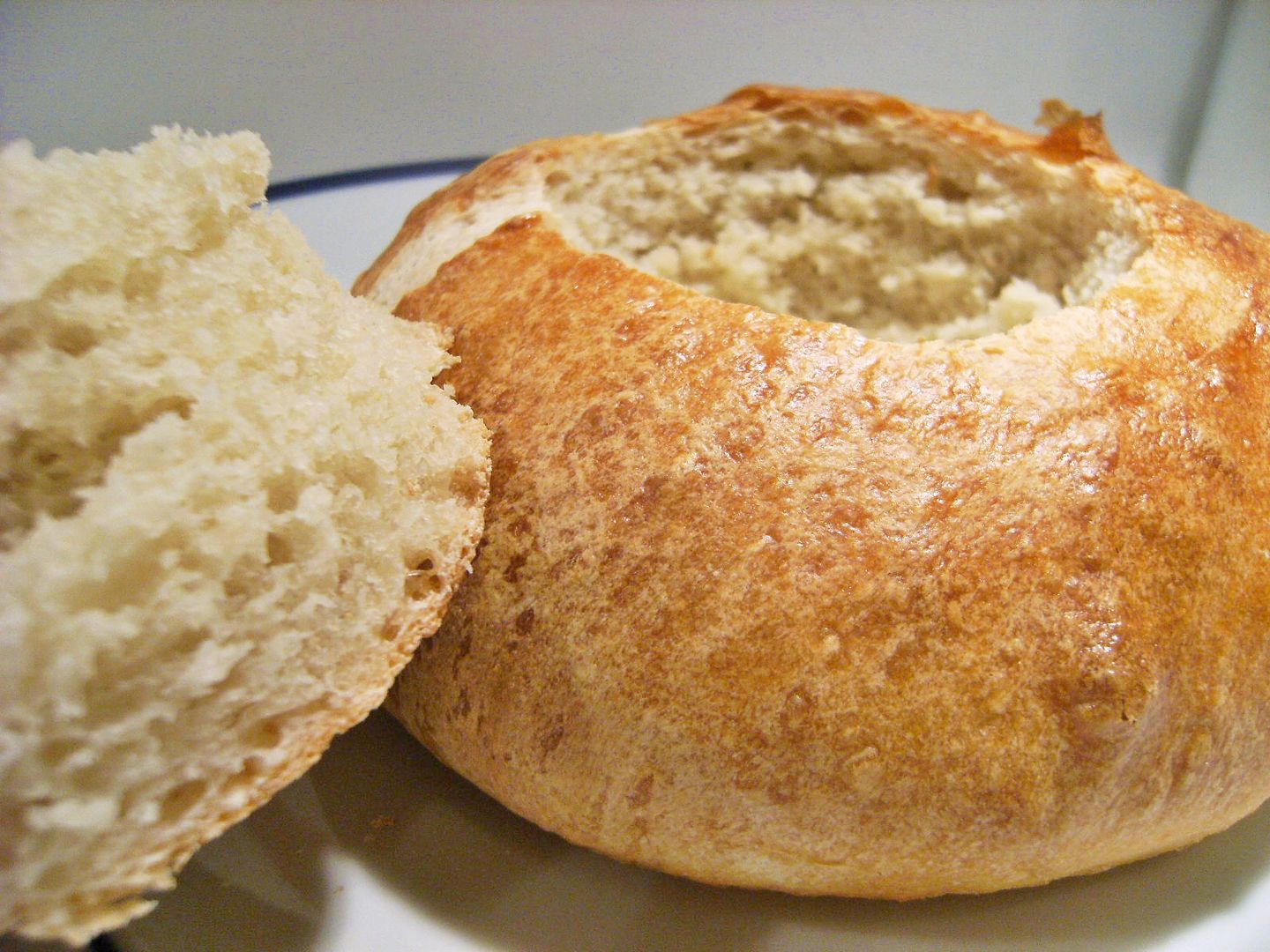Until I was in my 20's, I'd never eaten a truffle. Sure, I'd had chocolate from the box of Russell Stover's, but truffles, no.

Enter my brilliant Aunt Janice who treated me to my first truffle, a Chocolate Raspberry Truffle, at Godiva on a visit to New York City. It was pure heaven...the crisp outer shell, the dark, rich center, the slight tang of raspberry. I believe there were angels singing.
Since I had this
raspberry sauce on hand, I decided to try making them myself. You know what? They are pretty delicious.
 Chocolate Raspberry Truffles
Chocolate Raspberry Truffles8 oz. bittersweet chocolate
1/2 c. heavy cream
2 TBSP
raspberry sauce1 bag dark chocolate candy melts
sanding sugar (optional)

Chop the chocolate and place in a bowl. Bring the cream to a simmer on the stove and pour over the chocolate.


Let sit 5 minutes, then whisk until smooth. Stir in the raspberry sauce.
Let this mixture sit at room temperature for an hour or more until set. (I poured it into a shallow baking dish to help cool it down faster.)

Scoop into balls using a melon baller or a spoon and place on a cookie sheet lined with wax paper. (I watched Ina do this on TV and get perfectly round ball....that didn't happen for me. I got this: )

{not pretty.}
If that happens to you, pop them in the fridge, then remove after 15 minutes and shape into balls. (I had better luck pressing them together, rather than rolling them.)

{much better. }
Refrigerate the truffles until ready to coat.
(You can skip the next step entirely and roll the truffles in cocoa powder, or...)In the microwave, melt the candy melts with 1 tsp shortening. Melt in 30 second intervals on 50% power, stirring after every cycle until melted.
Dip the truffles into the candy melts and place on the wax paper lined sheet. While the candy melts are still wet, sprinkle with sanding sugar.


Now, I know it is like a sacrilege to use candy melts to coat real chocolate, but I wanted that hard outer shell and haven't been brave enough to try my hand at tempering chocolate. Anyone tried it?

Do you have a chocolate post to link up? I can't wait to see! Link up a the the bottom of the post. Please remember to link to your POST, not the main page of you blog.
Thanks so much for playing along with Flavor-of-the-Month. I've heard from several of you that FOTM sneaks up on you and sends you into a mad panic at the end of each month. You know what, it does to me too, most months. I always meant it to be *fun* not stressful, SOOOOO...this is the last Flavor-of-the-Month. (I think chocolate is a good way to go out, don't you?)
It will be replaced with impromptu linky parties now and again. I might say..."What's the best thing you've baked this month?" and ask you link up. I'll be sure to announce those on
twitter, too, so if you're not there, come join the fun!

Alright, ladies & gents....link away!!! {Linky will be open through March 2nd.}

 Good morning and happy March 1st....the month that has the first day of spring! YAY! LOL! We have a new DT sketch challenge for you from Magnolia-licious. This month, it's Jacque's turn to choose the challenge and she provided us with an awesome sketch! I wanted to use this adorable Tilda in a bunny suit that I got from Magnolia-licious. And true to my record, I have used yet another stamp that is not in stock in the store. UGH! I'm so sorry. But if you're interested, please be sure and email Diana. I also used #427 flowers from Lazy Summer Days collection. Both are colored with Copic markers and Tilda is cut out and popped up for dimension.
Good morning and happy March 1st....the month that has the first day of spring! YAY! LOL! We have a new DT sketch challenge for you from Magnolia-licious. This month, it's Jacque's turn to choose the challenge and she provided us with an awesome sketch! I wanted to use this adorable Tilda in a bunny suit that I got from Magnolia-licious. And true to my record, I have used yet another stamp that is not in stock in the store. UGH! I'm so sorry. But if you're interested, please be sure and email Diana. I also used #427 flowers from Lazy Summer Days collection. Both are colored with Copic markers and Tilda is cut out and popped up for dimension. The fun and punny sentiment is from a set of Easter Greetings at The Cutting Cafe' called Happy Easter Inside and Out Greetings. The butterflies are cut using my Cricut, and I added a Prima rose I got from Stamp and Create and some cherry blossoms I got from Wild Orchid Crafts. Please be sure and visit Magnolia-licious Highlites to see the gorgeous cards the rest of my design team sisters have created. They are all so fabulously talented. And we're excited that we've got two new guest designers joining us as well! So a huge welcome to Mindy and Angela!
The fun and punny sentiment is from a set of Easter Greetings at The Cutting Cafe' called Happy Easter Inside and Out Greetings. The butterflies are cut using my Cricut, and I added a Prima rose I got from Stamp and Create and some cherry blossoms I got from Wild Orchid Crafts. Please be sure and visit Magnolia-licious Highlites to see the gorgeous cards the rest of my design team sisters have created. They are all so fabulously talented. And we're excited that we've got two new guest designers joining us as well! So a huge welcome to Mindy and Angela! That's it for today! Thanks so much for stopping by to see me today, and hope to see you back again soon! Hugs!!
That's it for today! Thanks so much for stopping by to see me today, and hope to see you back again soon! Hugs!!



















.jpg)






























